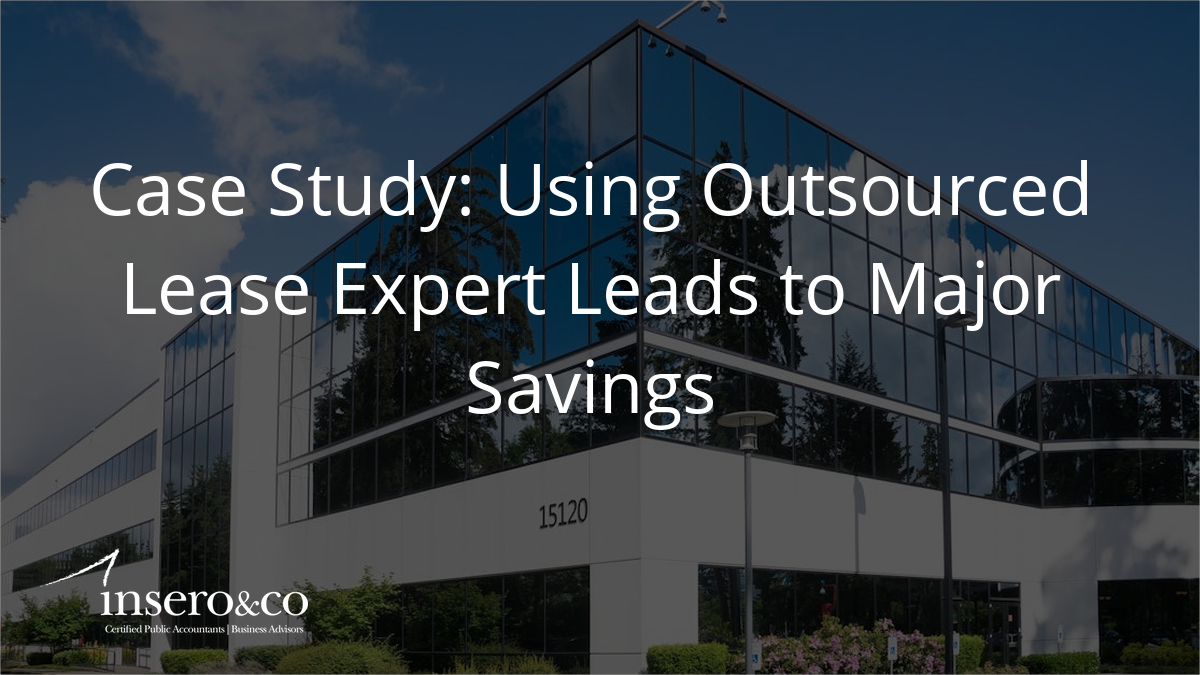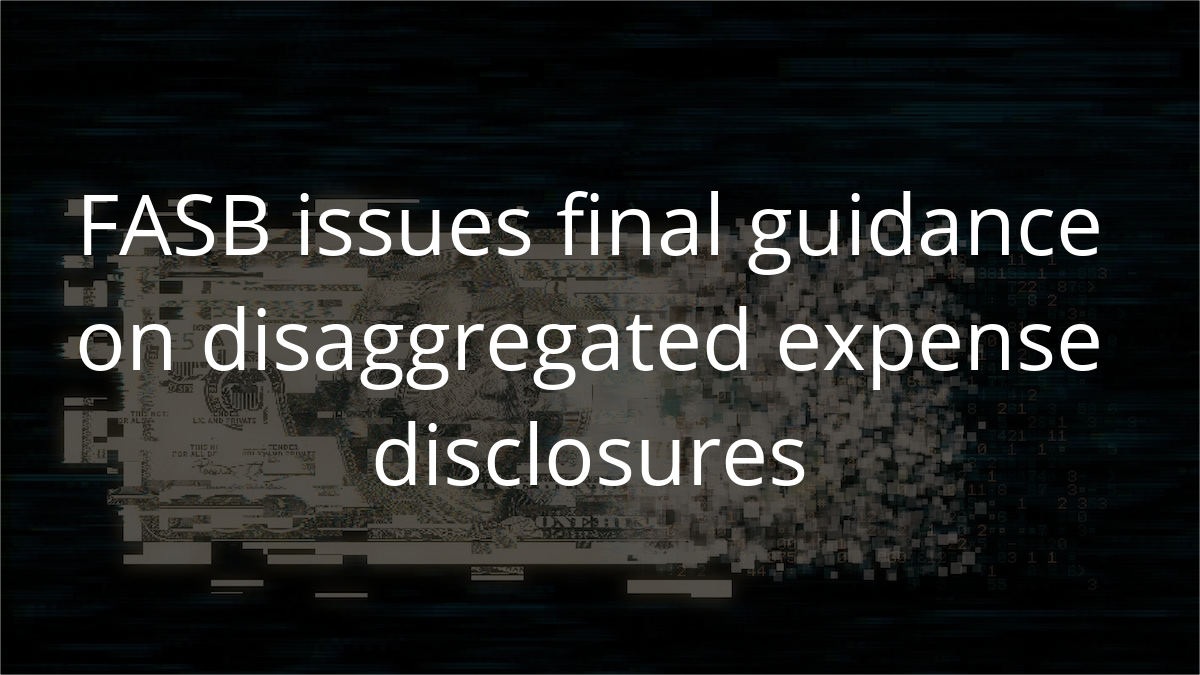ARTICLE | January 22, 2024
Cost allocation may not be a glamorous topic, but it is an essential practice for nonprofit organizations to efficiently manage their resources and accurately report financial information. In this guide, we highlight cost allocation methods and best practices to help nonprofit leaders make informed decisions, maintain transparency, and optimize resource utilization.
Direct vs. indirect costs
Direct costs are expenses that connect to specific functions, like the cost of materials used for one program. Direct costs are relatively straightforward, although it can be difficult to determine whether some expenses are direct or not.
Indirect costs—such as rent, utilities, and administrative overhead—are not directly linked to any particular program, which makes cost allocation challenging.
Indirect cost allocation methods
To allocate indirect costs, nonprofit leaders typically use an indirect cost rate, which is calculated as a specific percentage of the direct program expenses. That rate, based on labor hours, headcount, or other criteria you choose, can be applied to each program’s direct costs to distribute the indirect expenses proportionally.
A more detailed approach to cost allocation is Activity-Based Costing (ABC). It involves identifying specific activities within the organization, determining the resources required for each activity, and then allocating costs accordingly.
For nonprofits heavily reliant on staff contributions, a third method to consider is time and effort reporting, which requires employees to track their time spent on different programs or projects. That data is then used to allocate their salaries and benefits, ensuring that personnel costs are accurately distributed among the organization’s activities.
Cost allocation best practices
Whichever method of cost allocation you decide is best for your organization, make sure you follow these best practices:
-
Be consistent. However you choose to classify direct vs. indirect costs, follow that method consistently across the organization.
-
Document your policies. To provide clarity to stakeholders and an audit trail, be sure to document your cost allocation policies and procedures.
-
Keep your plan updated. Put a regular review of your cost allocation plan on your calendar, so you can adjust as needed as your operations and funding change.
-
Involve others. For better financial stewardship, educate your board, leadership team, and staff, and volunteers about indirect costs and how and why they are allocated as they are.
Get professional support
Insero & Co. can help you develop and implement a cost allocation plan and ensure that it complies with all relevant regulations and standards. Contact us to talk about the relationship-based services we provide and how we can help you and your teams improve financial management, speed decision-making, and focus on your mission.
Do you have questions or want to talk?
Call us at (800) 232-9547 or fill out the form below and we’ll contact you to discuss your specific situation.




